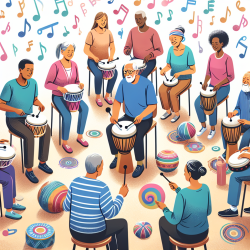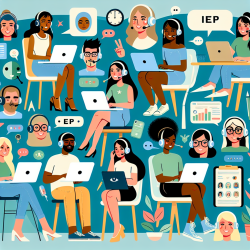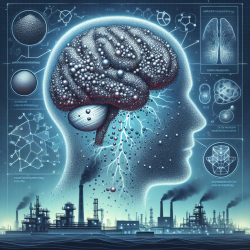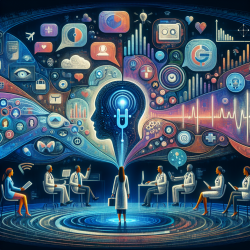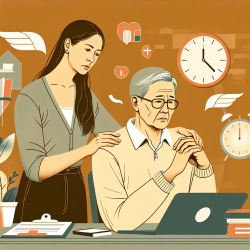Introduction
Parkinson’s disease (PD) presents many challenges, one of which is gait disturbances, including shuffling steps and freezing. Traditional treatments like medication and surgery often fall short in addressing these issues. However, the study "Effects of Auditory Rhythm and Music on Gait Disturbances in Parkinson’s Disease" highlights a promising alternative: Rhythmic Auditory Stimulation (RAS).
Understanding RAS
RAS involves using rhythmic auditory cues, such as music or metronome beats, to improve motor functions. The study suggests that music therapy can effectively aid PD patients by leveraging the brain’s natural ability to synchronize movement with rhythm, a process known as rhythmic entrainment.
Why Music Works
Music has a unique ability to stimulate brain areas responsible for movement. When PD patients engage with music, they can bypass some of the neurological barriers caused by the disease. This is because the rhythmic patterns in music can help recalibrate the brain’s internal timing mechanisms, which are often disrupted in PD.
Implementing Music Therapy
For practitioners looking to incorporate music therapy into their practice, consider the following steps:
- Select Appropriate Music: Choose music with a clear, steady beat. Familiar and enjoyable tunes can enhance engagement and effectiveness.
- Customize the Tempo: Adjust the tempo to match the patient’s natural gait rhythm. Gradually increase the tempo to encourage improvement.
- Use Technology: Devices like WalkMate and D-Jogger offer interactive RAS, adjusting cues in real-time based on patient movement.
Encouraging Further Research
While RAS shows promise, further research is needed to optimize its use. Practitioners are encouraged to explore the effects of different music types and tempos, as well as the integration of multisensory cues, such as visual and tactile stimuli.
Conclusion
Music therapy offers a safe, cost-effective, and enjoyable way to improve gait in PD patients. By incorporating RAS into treatment plans, practitioners can provide a holistic approach that not only addresses physical symptoms but also enhances the overall quality of life for their patients.
To read the original research paper, please follow this link: Effects of Auditory Rhythm and Music on Gait Disturbances in Parkinson’s Disease.
